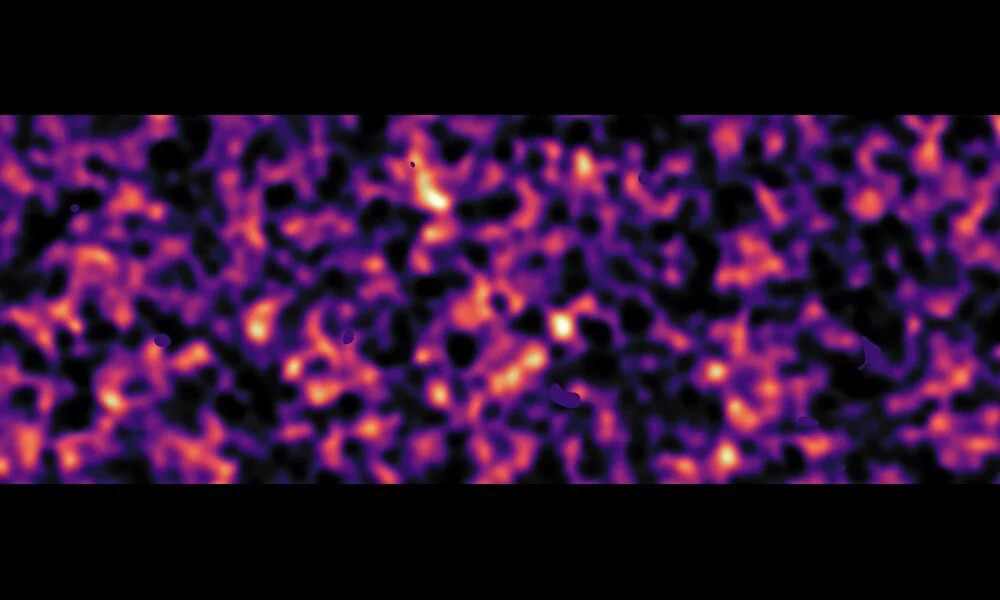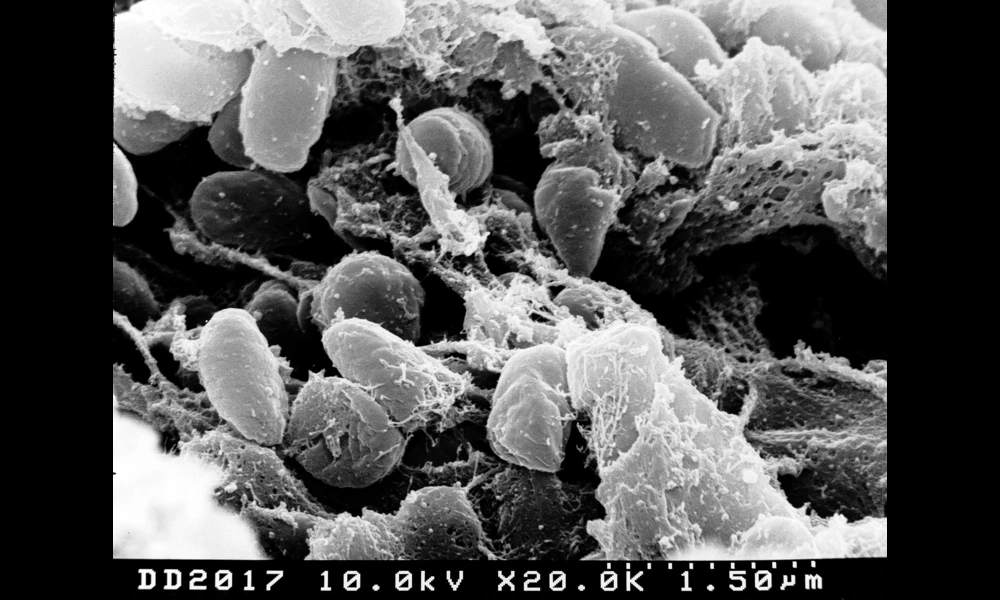Potential X-Ray Signals Could Illuminate Dark Matter's Secrets in the Milky Way
Published on Thu Jan 25 2024 File:Dark matter map of KiDS survey region (region G12).jpg | Jmencisom on Wikimedia
File:Dark matter map of KiDS survey region (region G12).jpg | Jmencisom on WikimediaThe elusive nature of dark matter, a mysterious form of matter making up about 85% of the universe's mass, has puzzled scientists for decades. Traditional methods of detecting dark matter involve capturing signals from exotic particles the elusive substance might emit. A new preprint paper from Durham University's M. R. Lovell offers intriguing insights into this cosmic conundrum by exploring dark matter decay signals in the form of X-rays within the Milky Way's halo.
In the paper, titled "Dark Matter Decay in the Milky Way Halo," Lovell uses a range of density profiles to compute X-ray line intensity profiles of the dark matter particles that constitute the Milky Way's halo. A key focus of the study is the resonantly produced sterile neutrino – a prime dark matter candidate – and how its properties influence the intensity of X-ray signals we might detect. The findings suggest that different density profiles of the Milky Way's halo can significantly alter the X-ray line intensity observed, especially towards the Galactic Centre.
The study's importance lies not only in advancing our understanding of dark matter characteristics but also in grounding the predictions for upcoming satellite missions like XRISM. Set to measure X-ray emissions, XRISM's observations could validate or refute the sterile neutrino hypothesis based on the X-ray flux predictions made by Lovell's study.
For readers: Imagine that the Milky Way is shrouded in a fog of invisible particles that have thus far escaped our detection. Lovell's work is akin to predicting the flickers of light at the edge of visibility that could, at last, allow us to map out this ghostly shroud. The XRISM satellite is like a lighthouse in the dark, preparing to cast its beam into the cosmic fog of dark matter in our galaxy. The detections – or lack thereof – will either unveil the cloaked presence of dark matter in the form of sterile neutrinos or send scientists back to the drawing board, searching for the right key to unlock one of astronomy's most enduring mysteries.



